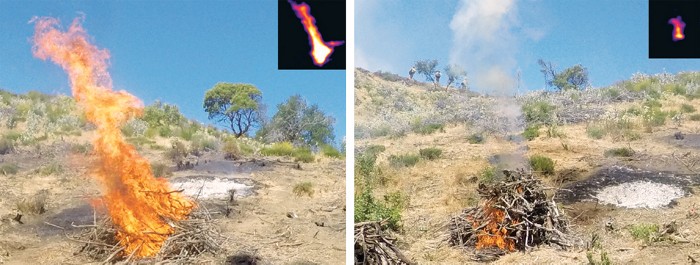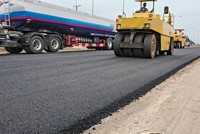Advertisement
Grab your lab coat. Let's get started
Welcome!
Welcome!
Create an account below to get 6 C&EN articles per month, receive newsletters and more - all free.
It seems this is your first time logging in online. Please enter the following information to continue.
As an ACS member you automatically get access to this site. All we need is few more details to create your reading experience.
Not you? Sign in with a different account.
Not you? Sign in with a different account.
ERROR 1
ERROR 1
ERROR 2
ERROR 2
ERROR 2
ERROR 2
ERROR 2
Password and Confirm password must match.
If you have an ACS member number, please enter it here so we can link this account to your membership. (optional)
ERROR 2
ACS values your privacy. By submitting your information, you are gaining access to C&EN and subscribing to our weekly newsletter. We use the information you provide to make your reading experience better, and we will never sell your data to third party members.
Forensic Science
Long-lasting fire retardant protects grasses and brush
New formulation sticks to vegetation and withstands sun, wind, and rain
by Giuliana Viglione
October 6, 2019
| A version of this story appeared in
Volume 97, Issue 39

The vast majority of wildfires in California—about 84%—start in high-risk areas like campgrounds and along roadsides. A long-lasting fire retardant could mitigate the fires’ human and economic costs, but current formulations don’t adhere to grasses and other vegetation adequately to be used as a preventive. Researchers have now developed a fire retardant that can withstand rainfall levels that are typical during fire season (Proc. Natl. Acad. Sci. U.S.A. 2019, DOI: 10.1073/pnas.1907855116). The new formulation uses the same active ingredient that fire retardants have used for decades: ammonium polyphosphate. What’s new is the viscoelastic, cellulose-based fluid that carries the active ingredient, says Stanford University materials scientist Eric Appel, who led the study. This nontoxic fluid spreads more completely across vegetation than previous, water-based formulations and dries into a protective film. Even after exposure to rain, wind, and sun, the new retardant stopped fires from spreading on grasses. And brush piles sprayed with it burned at one-fourth of the speed of unsprayed ones. From the outset, Appel says, the team designed the retardant with ease of manufacturing and scale-up in mind. The work has sparked a start-up, Ladera Tech, which is partnering with state agencies and utility companies in California in advance of the next fire season.





Join the conversation
Contact the reporter
Submit a Letter to the Editor for publication
Engage with us on Twitter